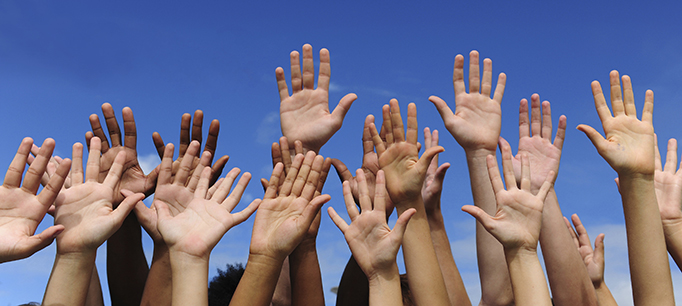California has been struggling lately with voter engagement. Turnout in the 2014 statewide elections, both in the primary and the general, set record lows. Turnout among young voters was especially bad. A recent report from Mindy Romero of the California Civic Engagement Project showed that an abysmal 8% of 18 to 24 year olds cast a ballot in 2014. As Paul Mitchell of Political Data Inc. dryly noted, “In California, an 18- or 19-year-old was more likely to be arrested this year than actually vote in one of the statewide elections.”
In this environment, California has been exploring and adopting all sorts of policy changes to improve turnout. One of these is preregistration: the practice of allowing voters who are not yet old enough to vote to place a flag in the system that will activate their registration as soon as they come of age. California has had preregistration for 17-year-olds since 2009, and for 16-year-olds since last year. However, neither reform will go into effect until the state completes work on a new voter registration database in 2016.
Most of the conversation around this reform has focused on making it easier to get more young people registered by expanding the window of opportunity for doing so. Yet interesting new research suggests there may be more to the reform than meets the eye.
In a recent paper in the prestigious American Journal of Political Science, John Holbein and Sunshine Hillygus of Duke University find that young people who enter the voter rolls through preregistration vote at higher rates than young people who register the traditional way. Depending on how it is measured, the boost in youth turnout is anywhere from a modest 2% to a whopping 13%. While theirs is not the first research to suggest an impact from preregistration (see, for example, this report by Michael McDonald of the University of Florida), Holbein and Hillygus go to great lengths to isolate the causal impact of the reform itself. Thus, we can be pretty confident that the effect they find is real.
This is a very intriguing result. It suggests that there is something about the act of preregistration that makes young people more likely to follow through and cast a ballot. Even more amazing, the boost in turnout measured by Holbein and Hillygus came years after the young people first signed up.
What could be producing this effect? Though the authors can’t say for sure, they speculate that it may have something to do with the way young people participate in the preregistration program. Preregistration often occurs at special school events where there is a certain fanfare around the process. Such fanfare is likely to impact teenagers with extra force, since they are actively shaping their own political identities. In other words, this paper may tell us as much about the potential benefits of civic education in high school as it does about preregistration itself.
More generally, the research also reminds us that total turnout is not a good way of assessing the performance of reforms. California’s turnout has been horrible lately, and any single reform is not likely to alter that basic truth. But if we can identify reforms that improve matters at the margins, then enough of them might add up to a more substantial effect.


